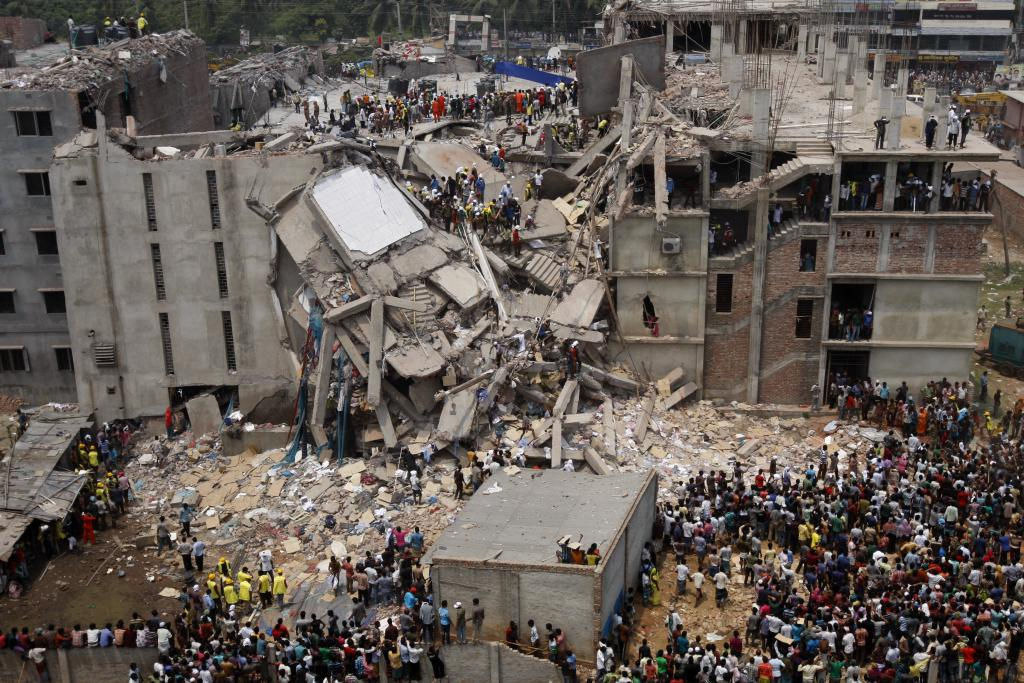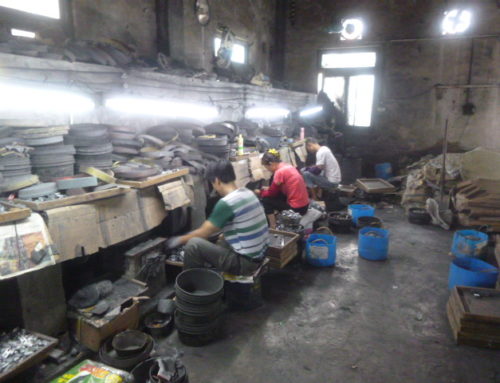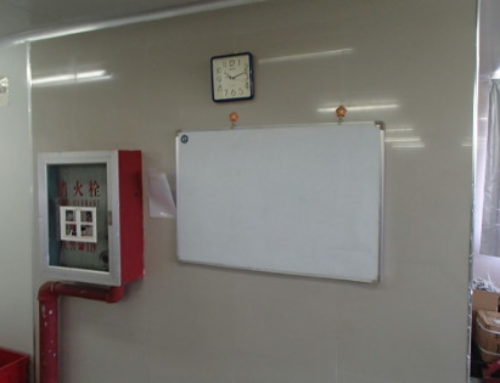Since the catastrophe of the Rana Plaza, several audit questionnaires are updated.
There was usually not a specific question to know if added storey have been built since the building approval by authorities. Some found it obvious to add a new line in the audit questionnaire they are using. They think the rule :”what is in the questionnaire is checked and then managed properly” applied despite the many seen counter example. That seems to me a wrong solution for many other reasons.
Here are some of them:
First, it implies thousands of audits will ask this question and thus spend time on administrative records and blueprint while in many countries this problem doesn’t occur. But the time available for an audit is not infinite. The time spent on routine administrative checking is not spent on trying to understand and to analyze the factory.
Moreover, we are sending a confused message to the factories. We are talking of social assessment of the factory, thus of a focus on workers. But, in countries were checking administratively the building doesn’t make much sens, we are adding one more administrative requirement and checking. As a result, we are leading the factories to get prepared for the administrative checking and increase its importance in the global ranking of the factory compare with the topics directly related to workers’ satisfaction.
Auditors too are unsettled by this constantly adding of new details in the audit questionnaire.
The auditor should adapt to the found situation to allow a complete assessment of the factory.
To do so, he has to master the questionnaire. Thus he can use it without following it literally, asking in various ways and mixing topics still knowing every points are answered.
As a matter of fact, the questionnaires were not called questionnaires at first but audit guidelines. One of the mission of the auditor was to adapt the guideline to the specificity of each audit.
But, by adding many very detailed questions it becomes more and more difficult to be sure not to forget anything. Thus following literally the questionnaire and filling it on site becomes the obvious solution for the auditor. But that’s no more an audit as investigation can’t be performed.
When should we add some new lines in the questionnaires? We have taken the example of the added storey because of the recent building collapse and the prevailing practice in Bangladesh. Still, we could have done the same for each country: Sumangali in India, ethnic discrimination in Malaysia, factory used as drug’s money laundry in Morocco or Pakistan…
Each country has its specificity, each factory is unique. Trying to draw a single comprehensive questionnaire applicable everywhere is a waste of time.
It will ever be incomplete and the more added detailed the less the auditors would be able to show their expertise and the less the report will be relevant.
A global auditing system that solved all the problems is an attractive idea. However, one should figure out the consequences of such system and the local problem it would generate.
It sounds a little too much like “Think local, Act Global” while it should be “Think global, Act local”.
An audit questionnaire is no more than a tool, and as such we should use the most adapted one, as a mechanic will select a screwdriver that match his needs.




